10 ingredients you need to build a South African pantry
As Heritage month progresses, it’s the perfect time to explore the essentials of a South African pantry. Ingredients such as amasi, maize meal and chakalaka are integral to capturing the authentic flavours of South African cuisine. Whether you want to be more patriotic this month, or are simply looking to enrich your culinary repertoire, these staples will bring a taste of South Africa to your kitchen.
South African cuisine is a vibrant tapestry of flavours and traditions that reflects our country’s rich cultural heritage. Our food celebrates the local produce, our diverse cultures, and our traditions and ultimately reflects our country's complex story – past and present. From the comfort of maize meal porridge to the spicy kick of chakalaka, South African dishes are a testament to the creativity and resilience of its people. Embracing these flavours not only honours the culinary legacy, but also invites a taste of the warmth and hospitality that defines South African dining.
1. Curry powder
South African food has many south Asian influences due to its large Indian and Cape Malay communities. Various spice blends have become a quintessential part of South African cuisine with coriander, cumin, white and black pepper forming the base for many dishes made popular by those communities. Cape Malay curry is characterised by its aromatic, mildly spiced and slightly sweet profile, often incorporating fruit and coconut milk. In contrast, Durban Indian curry is known for its intense heat, bold spices and complex flavours, reflecting the Indian culinary tradition’s emphasis on spice and heat.
2. Amasi
Amasi is South Africa's answer to buttermilk and kefir. This fermented dairy product is made from cultured buttermilk and used in savoury and sweet dishes. The consistency of amasi can vary from a pourable liquid to a thicker, spoonable form, depending on the fermentation time and method. It has a sour taste, somewhat akin to yoghurt but often with a stronger tang. The most popular way to serve it is poured over pap, ting, or phutu, but South African home cooks have various methods of incorporating it into baking and cooking.
3. Fruit chutney
South African fruit chutney is a beloved condiment with a unique blend of sweet, spicy and tangy flavours. It typically includes a mix of fruit such as apples, peaches or apricots, along with spices such as cloves, cinnamon and ginger with onions, vinegar and sugar added to balance the sweetness of the fruit with acidity and spice. Fruit chutney's robust flavour pairs well with rich, spicy foods, adding a layer of contrast to braaied meat, curries, cheese platters and roasts.
4. Bovril
Bovril is a concentrated meat extract, originally made from beef. It has a strong, salty flavour and is often used as a base for soups, stews and sauces, or simply diluted in hot water to make a beef-flavoured drink. It's also popularly enjoyed as a spread on toast or crackers as a savoury snack.
5. Peri-peri sauce
Peri-peri sauce is a spicy condiment made using peri-peri peppers (also known as African bird’s-eye chillies), which give the sauce its distinctive heat and flavour. The sauce typically has a tangy, spicy and slightly smoky taste, making it a versatile addition to many dishes. The sauce was popularised by Portuguese settlers and traders who encountered the peppers in Africa and was brought to South Africa by Mozambican immigrants working in mines during the apartheid era. Today, South Africans use the sauce as a marinade and condiment in popular dishes such as peri-peri chicken and creamy peri-peri livers, and to add a spicy kick to braaied meat.
6. Maize meal
Many South Africans consider maize meal the foundation of South African cuisine. It forms the foundation of dishes such as pap or side dishes often enjoyed with meats and braises. Maize meal can be used in both coarse and fine forms, adapting to a variety of recipes from hearty breakfast porridge to comforting dinners. Its simplicity, adaptability, nutritional qualities and affordable price point make it a cornerstone of South African cooking.
7. Chakalaka
Chakalaka is a vibrant relish that combines a medley of vegetables including carrots, tomatoes, onions and peppers with aromatic spices. Often served as a side dish or condiment, it adds a zesty, spicy kick to meals. Its rich blend of curry powder, garlic and sometimes beans has made it a beloved accompaniment to a variety of dishes, from braaied meats to pap. Its bold taste and colourful presentation make it a staple at braais, weddings and other communal events.
8. Atchar
Atchar is enjoyed by many cultures and demographics across the country. You can find different variations such as jalapeño, vegetable and the classic green mango atchar at local supermarkets, spaza shops and superettes. Mango atchar is a tangy, spiced pickle made from unripe mangoes, often enjoyed in townships and rural areas in the country where it's sold at taxi ranks, busy street corners and shisanyama restaurants. This condiment combines mangoes with a blend of spices such as turmeric, mustard seeds and chilli, creating a spicy, sweet and sour flavour profile. Atchar is typically served with curries, braaied meat, amagwinya, and as a topping for kotas (or spatlo, depending on the region), to add a zesty kick and a burst of colour to meals.
9. Samp
Samp is made from dried corn kernels that have been crushed and partially husked. It's slowly cooked until tender or purchased cooked in cans. It's popularly consumed during the colder months as it offers a hearty, creamy, nutty flavour to stews and casseroles. Samp reflects the country’s agricultural heritage and is a staple in many households.
10. Canned pilchards
Canned pilchards are a go-to for cash-strapped South Africans. Their affordability and long shelf-life make them a practical choice for quick, flavourful meals. This beloved staple consists of small, oily fish preserved in tomato sauce or oil and it features in stews, curries and pasta dishes.


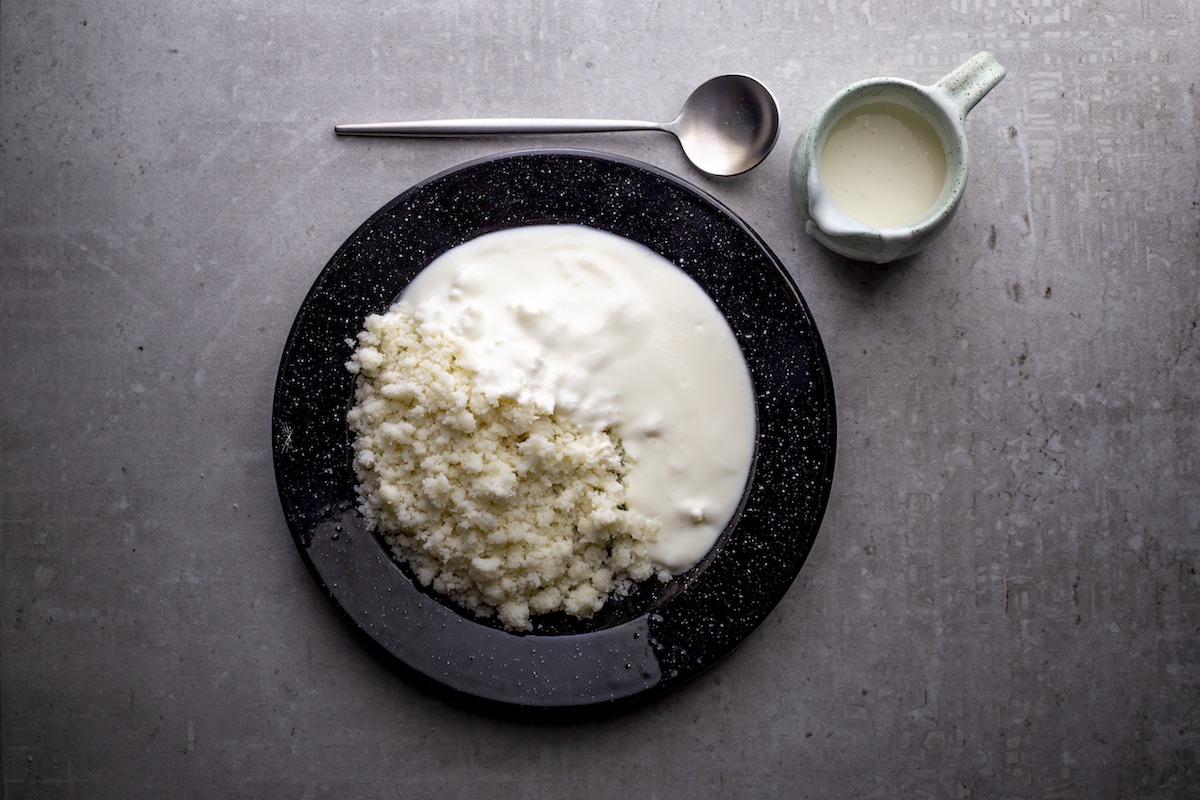
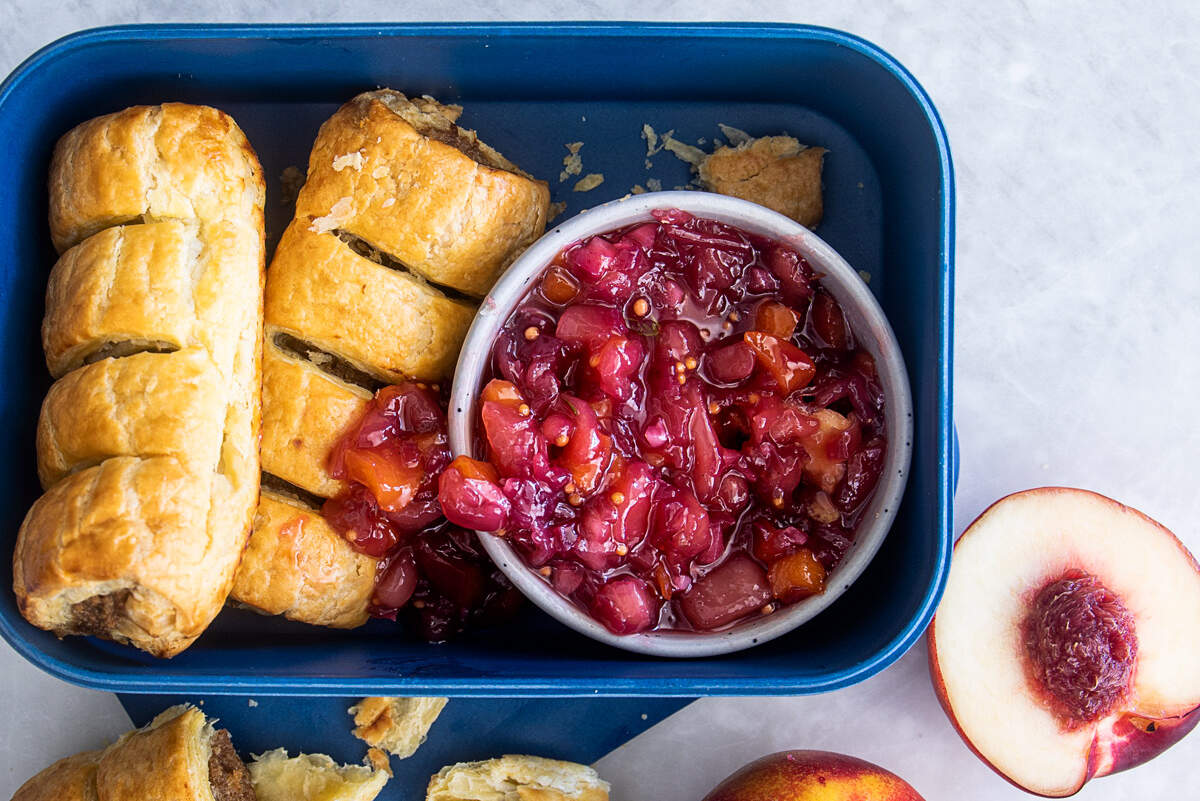
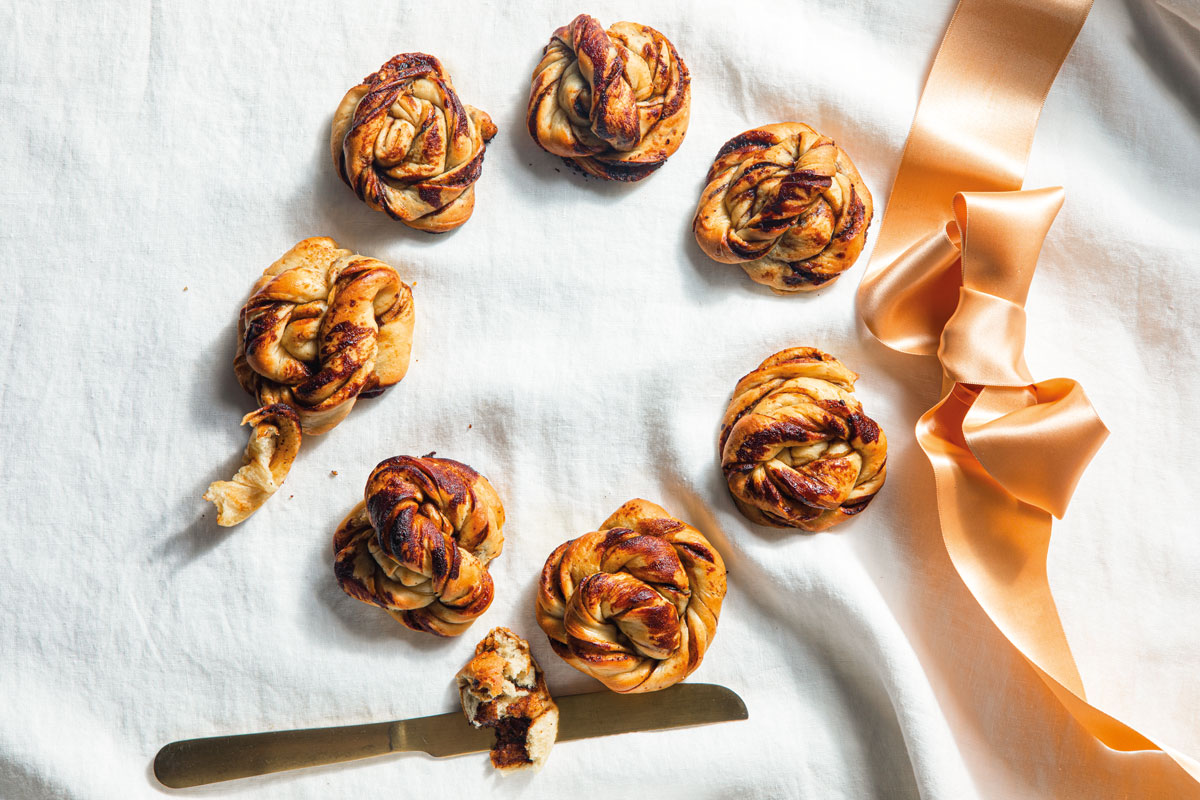
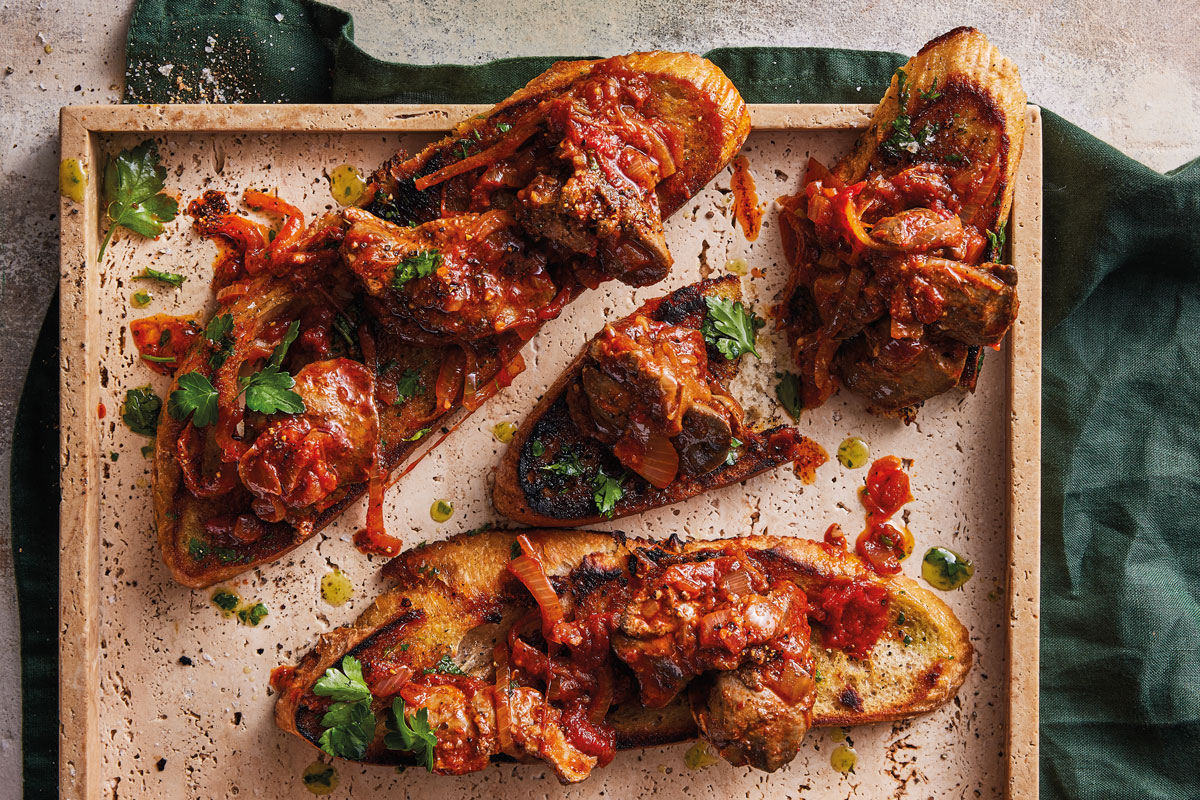
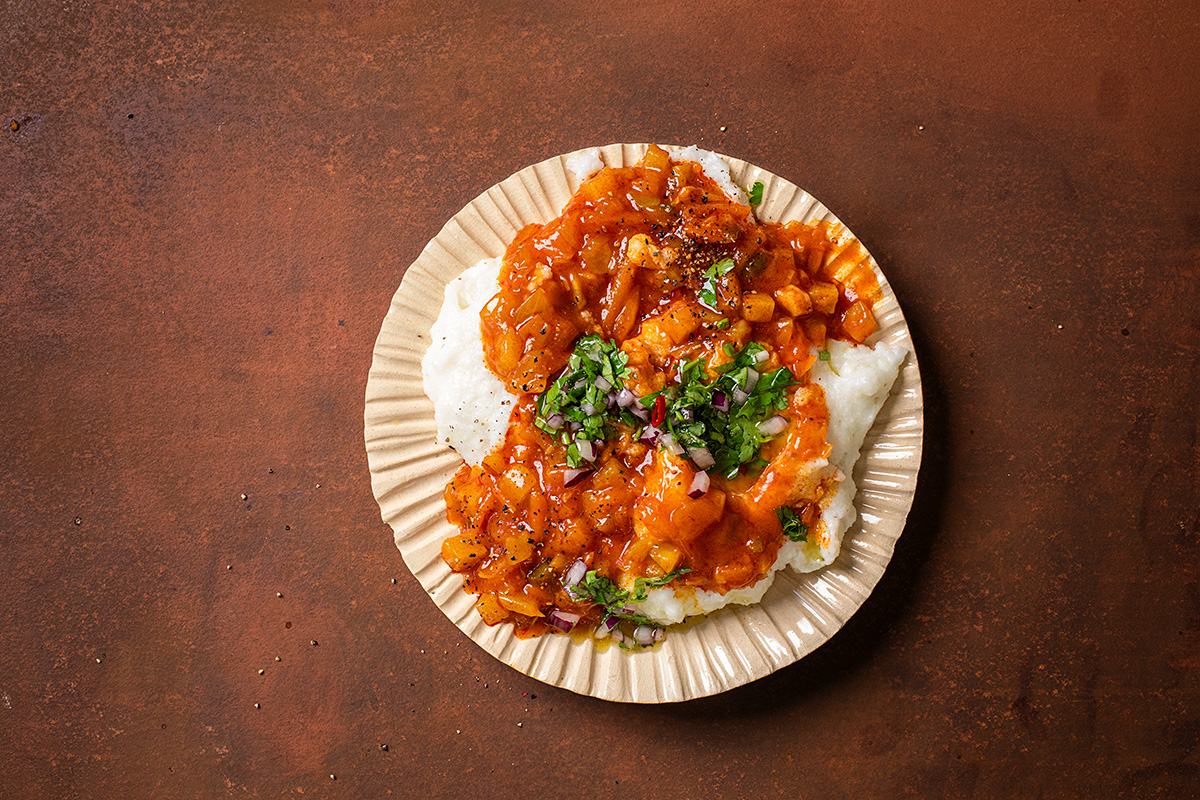

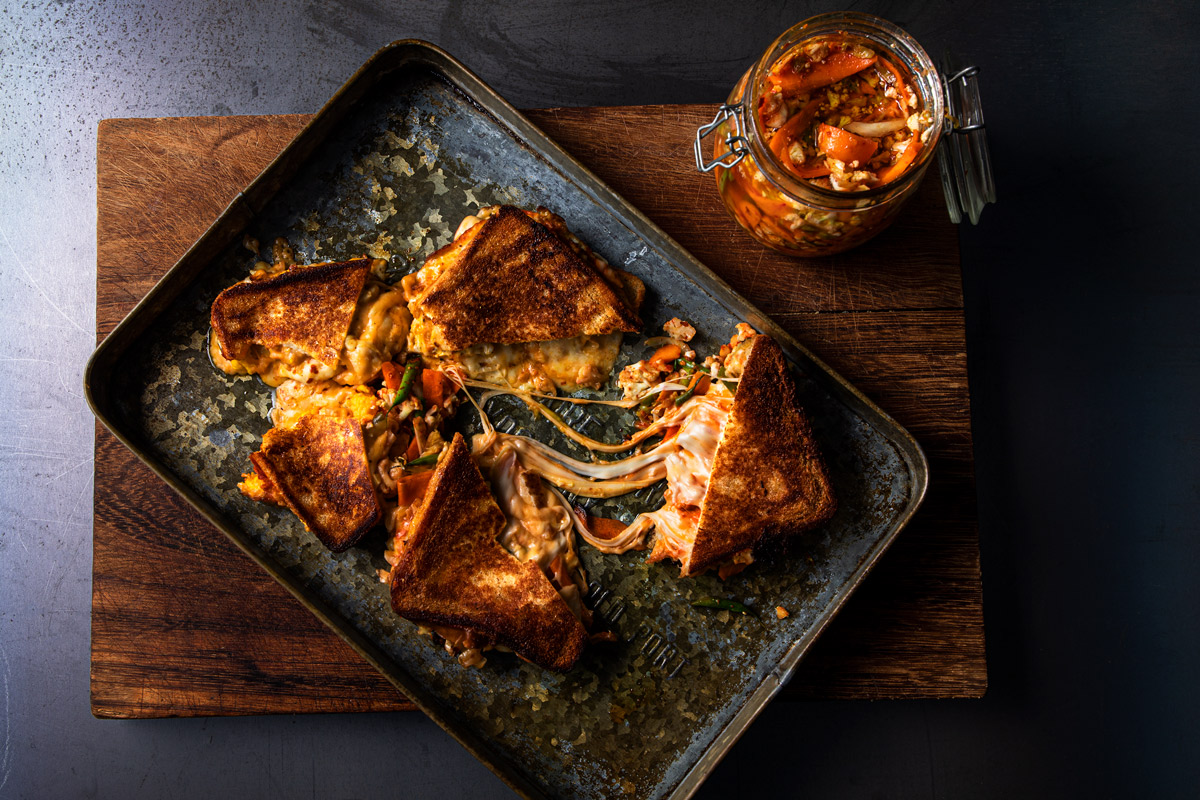
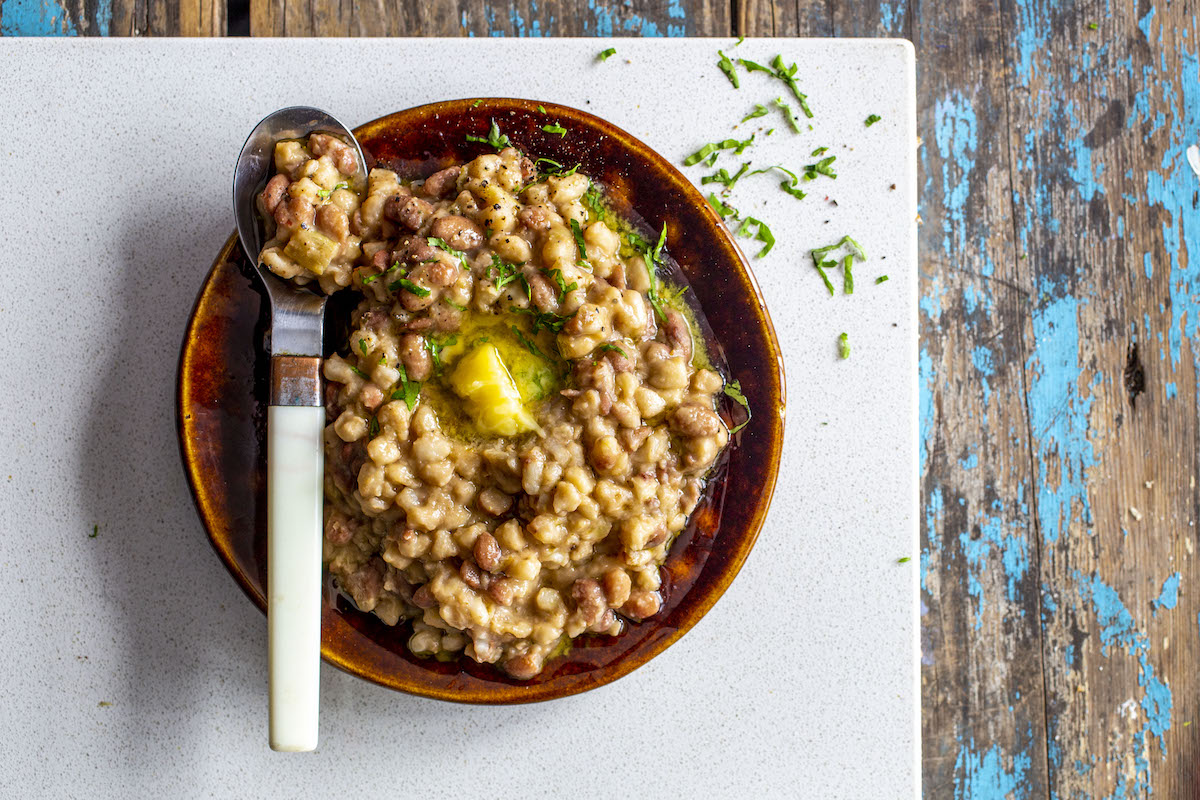



Comments